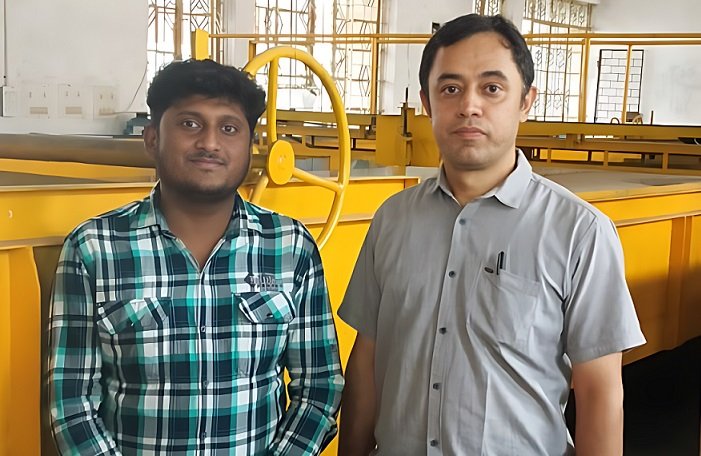NIT Rourkela uses ML to assess groundwater for irrigation sustainability and agricultural planning
The developed model can be significantly used on across the country to assess groundwater stress for irrigation purposes.
A research team from National Institute of Technology Rourkela has used machine learning to evaluate groundwater quality for irrigation in Sundargarh district, Odisha. With agriculture being central to the local economy and surface water sources covering only 1.21 per cent of the district, groundwater is essential to meet the irrigation needs of this area. Paddy, which occupies 76 per cent of the net cultivable area, requires a large amount of water, making groundwater (GW) quality an essential factor for farmers.
Machine learning (ML) algorithms consisting of five tools are implemented in this current work for future prediction of the evaluated irrigation water quality indices from the available physiochemical GW quality data during 2014-21 for Sundargarh district. They are basically statistical and predictive analytics techniques for exhibiting relationship between the response variable and explanatory variables by application of some mathematical coding in various platforms. The primary advantage of ML techniques over human calculation lies in their ability to process training data, enabling them to generate accurate predictions in real-world applications.
Groundwater extraction in Sundargarh district of Odisha has been increasing due to growing agricultural demand, limited surface water availability, and population growth. This has resulted in reductions in both the quantity and quality of groundwater. Poor-quality water can affect crop yields and long-term soil fertility.
In this context, Prof. Anurag Sharma, Assistant Professor, Civil Engineering Department, NIT Rourkela, along with his research scholar Souvick Kumar Shaw, used advanced data analysis techniques to examine key water quality parameters and their variations across different parts of the district.
The study examined groundwater samples collected from 360 wells across Sundargarh. These samples were tested for various chemical properties, including salts and minerals that can influence soil and crop health. Machine learning models and statistical tools were applied to predict water quality trends and understand how conditions have changed from 2014 to 2021.
The findings indicate that groundwater in the southern, south-western and eastern parts of Sundargarh district, including areas around Rangaimunda, Lephripara and Putudihi is considered to be fit for irrigation. These regions showed stable groundwater quality with acceptable levels of dissolved salts and minerals along with the permissible range of Sodium Adsorption Ratio (SAR), Kelly’s Ratio (KR), Percentage Sodium (%Na), Permeability Index (PI) and Exchangeable Sodium Percentage (ESP). However, the western and central parts of the district, particularly Krinjikela, Talsara and Kutra, and parts of Sundargarh town, have groundwater with comparatively higher concentrations of total dissolved solids and certain cations like sodium, calcium and magnesium, which may affect soil and crop productivity. If not managed properly, these conditions could lead to declining yields of potato and cucumber for this district.
Speaking about the significance of the research, Prof. Anurag Sharma, Assistant Professor, Civil Engineering Department, NIT Rourkela, said, “Machine learning allows us to move beyond static assessments and develop predictive models that help farmers and policymakers make proactive decisions. By integrating data-driven insights with traditional water management practices, we can create a more sustainable approach to irrigation and agricultural planning.”
The developed model can be significantly used on across the country to assess groundwater stress for irrigation purposes. By evaluating the groundwater quality, informed decisions can be taken by the authorities on degrading water resource management. Additionally, it can provide real-time insights on waiter quality, enabling productive interventions to safeguard irrigation-dependent farming communities across the country.
The developed model can be significantly used


